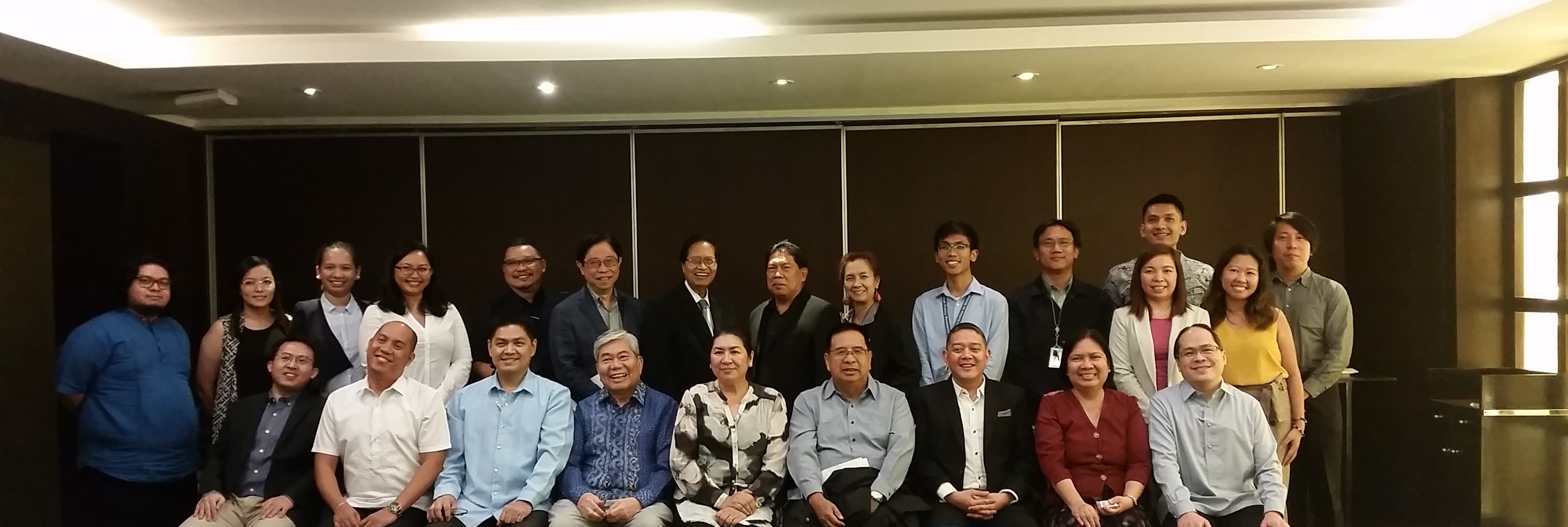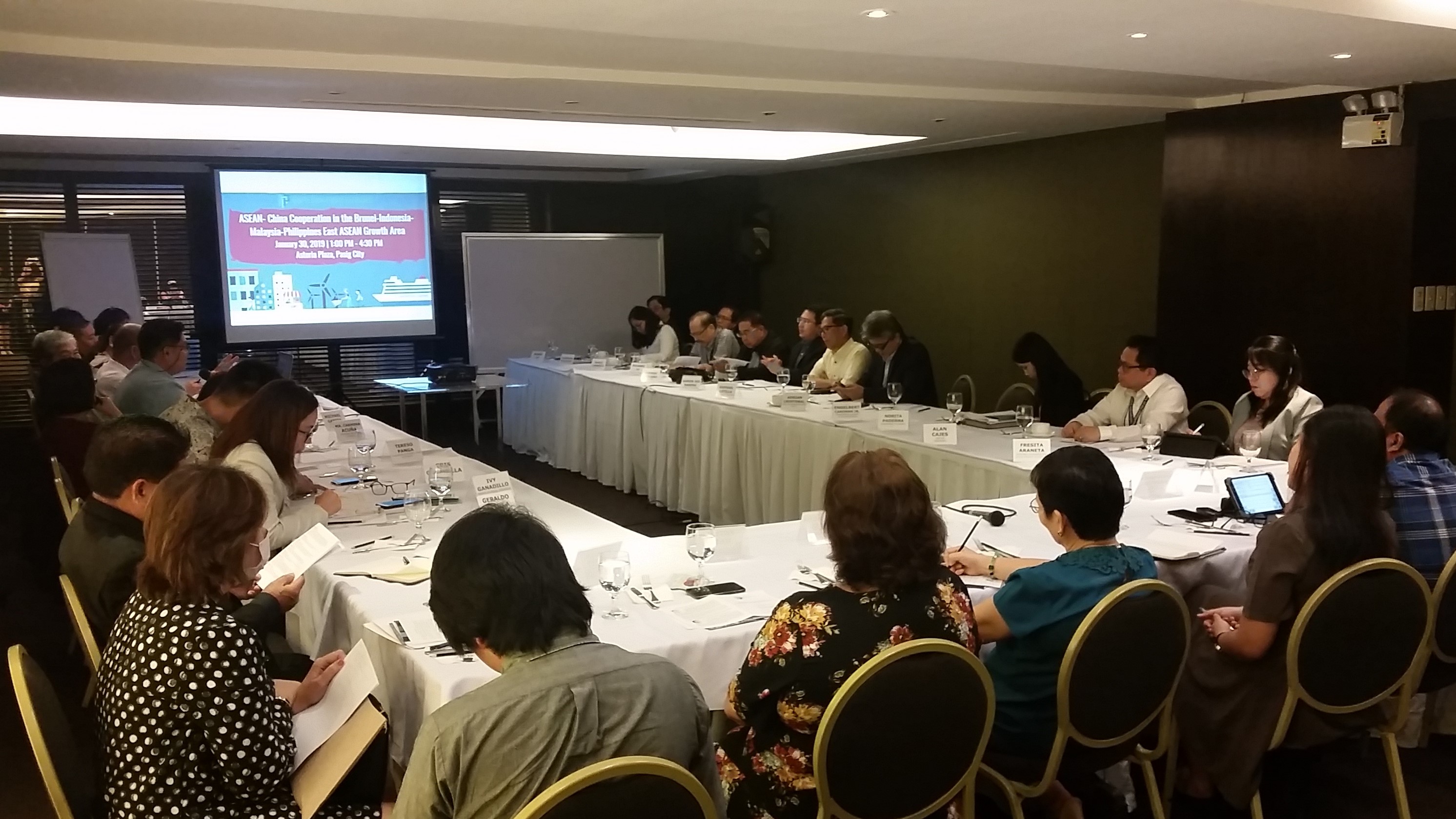The Asia Pacific Pathways to Progress Foundation Inc. hosted a roundtable discussion on the Brunei-Indonesia-Malaysia-Philippines East ASEAN Growth Area (BIMP-EAGA) which aimed to evaluate the opportunities and challenges in reviving the sub-regional growth triangle as part of the cooperation efforts between China and selected ASEAN countries. The subregional linkages have assumed added relevance in the framework of China’s Belt and Road Initiative, ASEAN economic integration and connectivity plans, as well as expected progress in the establishment of the Bangsamoro autonomous region.

Two speakers shared their expertise on the BIMP-EAGA revival. Dr. Fermin Adriano, who served as Senior Adviser for Mindanao Programs of the World Bank and in various other capacities in the Philippine government, discussed the political economy of the BIMP-EAGA. He also looked at possible areas of cooperation with Beijing in infrastructure, agriculture/agribusiness development, sea transport/shipping, eco-tourism, information communication technology, and finance and banking. He sees Sabah and Kalimantan as potential routes going to China that the Philippines should access. Adriano further provided a comparison between BIMP-EAGA and the Greater Mekong Subregion in terms of geography, economic growth, national government participation, and what industries have thrived.
Meanwhile, Undersecretary Arturo Boncato of the Tourism Regulatory Coordination and Resource Generation of the Department of Tourism talked about the policy direction of the current administration in terms of growing EAGA, milestones in subregional cooperation, and the Philippines’ relationship with its three neighbors. This was followed by updates from recent senior officials meetings, and the first ministerial level meeting between BIMP-EAGA and China that was held in November 2018. China intends to deepen its engagements in connectivity; agriculture, fishery processing, food industry; tourism and socio-cultural exchanges; trade and investment; digital economy; poverty alleviation and inclusive development; human resource development; environment; and power and energy. Mr Boncato seconded Dr. Adriano’s description of the nine priority areas that China is looking into for investments and construction opportunities. He also shared that both the Philippines and China had participated in trade expositions (i.e., ASEAN-China expo), promotional events, and that Beijing had funded some BIMP-EAGA training programs. However, the full potential of cooperation was still far from being fulfilled.
Aside from China, the Asian Development Bank and the northern territory of Australia were likewise seen as potential partners for BIMP-EAGA development.
During the open discussion, political-security issues in the subregion such as kidnapping (which had reportedly subsided), the effects of the Sabah claims of the Sultanate of Sulu, and cooperation under the Trilateral Cooperative Arrangement of Indonesia, Malaysia, and the Philippines -- were addressed.

The roundtable discussion was attended by 37 representatives from government (including the Department of Foreign Affairs, Mindanao Development Authority, National Security Council, Philippine Economic Zone Authority, and Department of Finance); the academe; non-governmental organizations and the private sector.
The speakers’ presentations may be viewed and downloaded from here.
